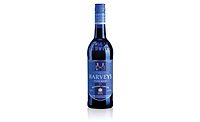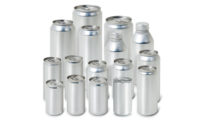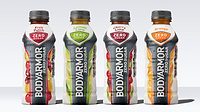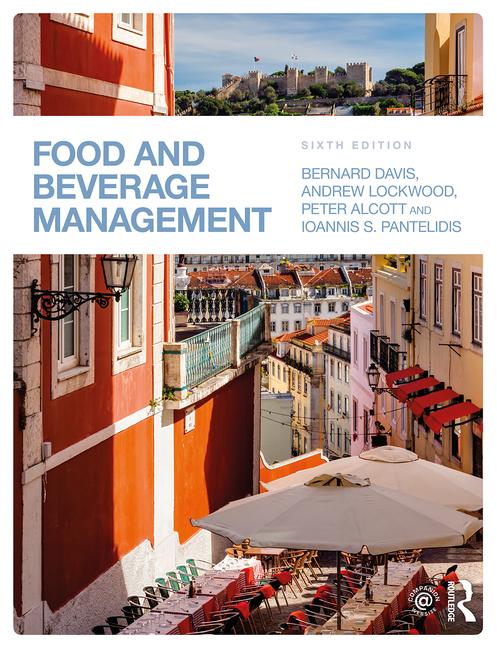Enhancing PET recyclability through ink and label innovation

The expectation among many consumers is that the PET bottles they divert into the recycling stream are transformed into new bottles. This not only keeps those bottles out of the local landfill, but it also provides a closed-loop and sustainable source of material for new bottles.
|
While that is certainly the goal of brand owners, converters and recyclers, it is too often not the reality. During the recycling process, granulated bottles go through a separation tank to remove contamination in the form of non-PET materials, such as caps and labels, using the density of water to separate PET material from contaminants.
Traditional pressure-sensitive adhesives and shrink sleeves typically do not separate completely, resulting in PET contamination. Instead of food-grade recycled PET that can be upcycled into new bottles, the process too often yields lower-grade PET that must be downcycled into carpet fibers and pallet stripping, which have one life before being placed in a landfill.
The trend in beverage bottling toward increased use of shrink-sleeve and pressure-sensitive labels exacerbates the problem by increasing the volume of label material in the recycling process. This puts brand owners in the position of having to balance potentially conflicting demands of marketability and recyclability, while recognizing that recyclability is becoming increasingly important to consumers.
The need for the industry to address this situation was made clear by Mike Schedler, director of technology for the National Association for PET Container Resources (NAPCOR). “The popularity of pressure-sensitive and shrink labels makes it imperative that they be successfully removed as part of the standard PET reclamation process to increase their recyclability,” Schedler said in a statement.
Enter the APR
The Association of Postconsumer Plastics Recyclers (APR) has transformed the voices of PET recyclers into testing guidelines that can assess the impact of labels and inks on the yield of food-grade recycled PET. The guidelines focus on recyclability by ensuring there will be no negative impact from labels or inks passing through the PET recycling process to yield food-grade recycled PET.
The APR testing protocols allow specific label, ink and adhesive combinations to be tested for recyclability prior to manufacturing. While the testing requirements have been defined for several years, these testing protocols have become more important in the past year as beverage brands begin to specify that product packaging pass APR testing prior to production.
Material innovation
Included in the APR guidelines is the recommendation for labels to use filmic material that has a density of less than 1.0 along with adhesives that separate easily during the washing process. Several years ago this would have presented a challenge for brand owners as those materials were not available.
Fortunately, new materials, such as Avery Dennison’s CleanFlake pressure-sensitive and roll-fed-shrink (RFS) labels, have emerged that are designed specifically to meet the APR recommendation and enable bottle-to-bottle recycling. As pressure-sensitive labels have traditionally limited PET recyclability into food-grade recycled PET because of adhesive contamination, the adhesive on these new materials is designed to adhere to the PET bottles until end of use, when it can be switched off in the PET recycling process to prevent contamination. A topcoat can be incorporated to support conventional printing techniques. In addition, a floatable machine-direction-orientation shrink film is available, which can easily be separated from the PET flakes in the sink and float process.
These materials have removed a significant barrier to effective PET recycling; however, they must be matched with the right inks in the right design to successfully pass APR testing. They also must be produced within current converting and handling processes.
Ink innovation
Achieving APR requirements via ink and coating design and selection, while maintaining the other current end-use and in-process performance requirements that are critically important to converters and brand owners, often is a delicate balance. In addition to the choice of substrate, APR requirements can be impacted by the application method and printing process, graphics, and the label converting process. In many cases, new ink products might be required to meet the full set of APR specifications without negatively impacting the converting process and finished label quality.
There are both solvent-based and energy-cured systems that have displayed positive results in meeting APR guidelines. Water-based systems have presented a more difficult challenge to the APR product resistance requirement while still maintaining other end-use and production process performance attributes. Work is ongoing in this area as water-based flexographic inks represent a significant segment in the production of pressure-sensitive labels.
As with any label or packaging application, each specific package must be verified to meet all of the requirements. A special overprint varnish or coating may be needed to meet the APR guidelines. Similar to the inks, varnishes have requirements related to adhesion, flexibility, gloss, block resistance and slip that could affect their use. Using a primer has proven to aid in meeting APR requirements in several cases.
The amount and type of ink coverage on the label also influences the result of the testing for ink bleed and discoloration of the PET flakes. Not surprisingly, higher ink coverage is typically associated with more discoloration. Clear labels that employ heavy application weights of opaque white inks as a background for additional graphics can negatively impact testing results.
Partnering for success
Packaging innovation, achieved through ink and label technology, is required to minimize contamination and increase the yield of food-grade recycled material. The bottle recyclability tests outlined by the APR were designed to simulate the plastic reclamation process. Among other things, they can point out potential issues caused by label inks discoloring PET flake in the contamination process.
By encouraging label material and ink providers, along with printers and designers, to work together prior to manufacturing, brand owners can develop product packaging that meets product requirements while enabling bottle-to-bottle recycling. These solutions can be achieved today without compromising marketability or modifying bottling lines.
Looking for a reprint of this article?
From high-res PDFs to custom plaques, order your copy today!








